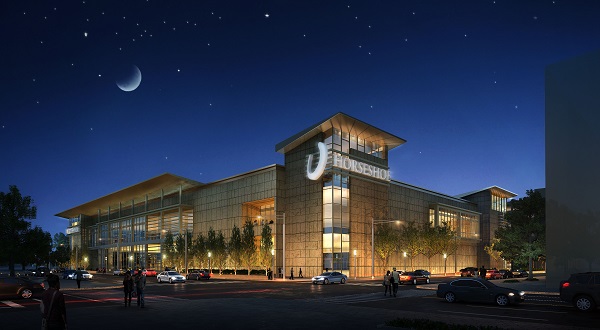The opening of the Horseshoe Casino Baltimore is set to bring a minimum of $15 million into the neighborhood; this is the 5.5% of slot revenue that state law guarantees for spending in the area local to a casino. Now the problem is deciding how to spend the money. Baltimore officials and community are giving a great deal of thought to ideas that will create major positives for the area.
Proposed Spending Plans
Proposals for the first year of spending were created last year and were included in the 2014 budget revealed in April. They are for fairly day to day expenditure such as street improvements, extra policing, and employment.
More extensive plans for prospective projects have already been produced by the planning department; these include the re-industrialization of Port Covington and waterfront development in the Westport area. More personal suggestions have included a triathlon, light railway development, and a library.
Meeting the Public
The residents of Baltimore will be consulted in the planning process during a series of public meetings. Such meetings have been held in the past with little result but this time it is felt that selected plans will be taken to fruition. This time finances will definitely be in place so there is no reason why they should not come to pass. These plans will be compiled by the consultants who have been hired to deal with the development, McCormick Taylor Inc.; they are expected to be in place by fall 2014.
Keeping an Eye on the Cash
A large part of the planning and development process is ensuring that the revenue allocation is protected and spent wisely once the casino opens and the money starts to come in. The officials in charge of the money will need to ensure that funds are allocated fairly and to provide the most value in what they add to the environment and what revenue they create. There is no room for providing funding for just for those that shout loudest.
Whoever gets the funding they require there is bound to be controversy; this has already been the case when decisions over the boundaries for the spending zone were made. Residents from excluded areas were not happy with the situation.
But an area had to be defined somewhere and it is envisaged that the money will be spent not just on day to day proposals but on large projects with maximum impact.

 MENU
MENU















